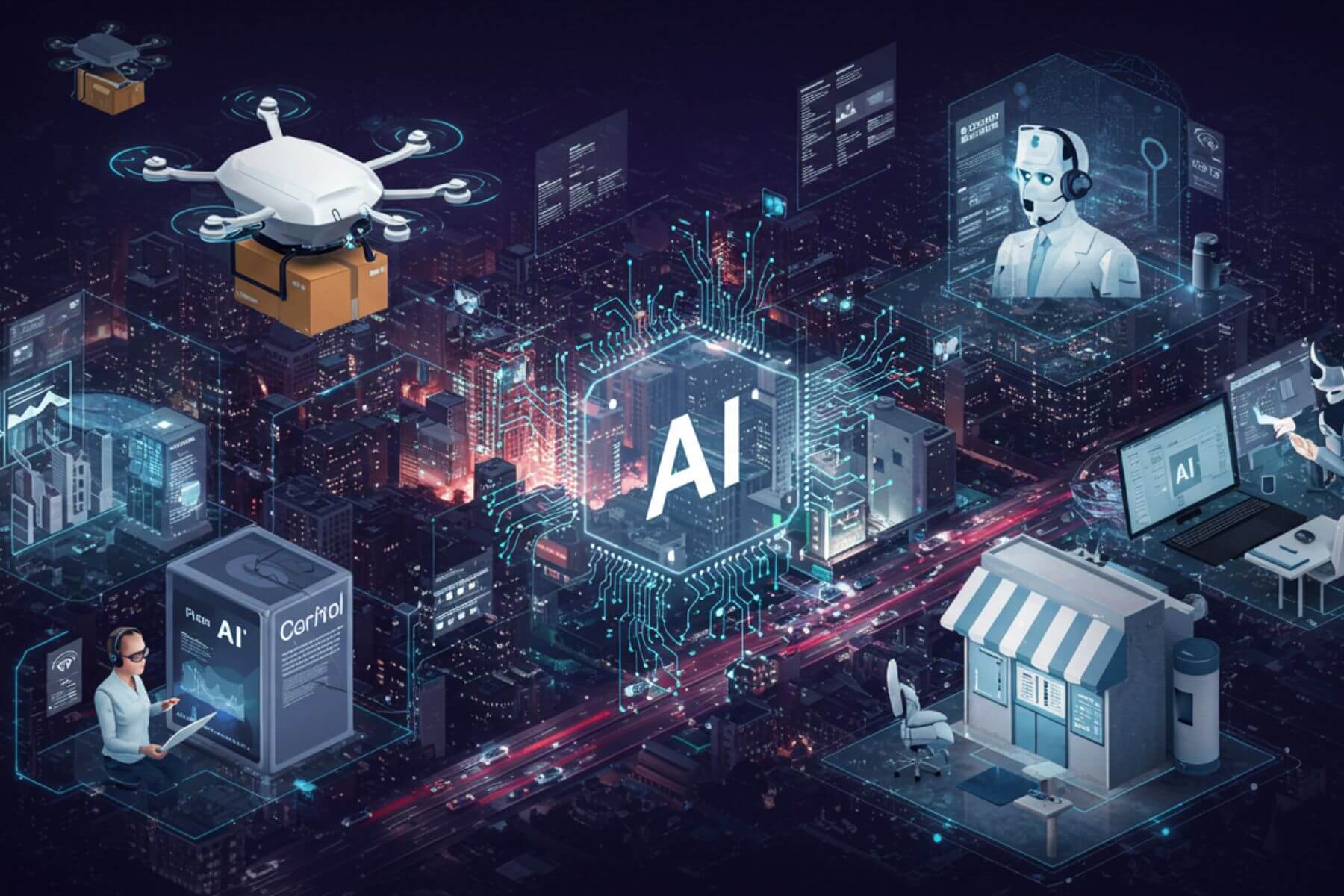Generative Engine Optimization (GEO) is one of the biggest shifts in digital marketing today. With AI-driven search results taking center stage, businesses are finding new ways to get discovered, build trust, and grow online. In 2025, GEO is no longer just a trend; it’s a must-have strategy for staying relevant in an AI-first world. Here are 10 ways businesses are using generative engine optimization to grow in 2025.
1. Creating conversational content that feeds AI responses
Unlike traditional search engines that rely on keyword matching, generative engines like ChatGPT, Gemini, and Claude prefer context-rich, human-like content. Businesses in 2025 are rewriting their content to sound more natural and question-based. Instead of stuffing articles with keywords, they now focus on answering specific user queries in a way that an AI engine can easily summarize or pull directly into its response. This conversational tone not only boosts visibility in AI-generated answers but also makes content more engaging for users.
2. Structuring content for AI snippet extraction
Businesses are restructuring their blogs, FAQs, and product pages so generative engines can extract precise snippets. Clear headings, logical flow, and focused sections help AI understand the content better. In 2025, companies are training their writers and marketers to create content that flows naturally while also being segmented into digestible sections. The goal is to increase the chance of their answers being selected and displayed in an AI-generated summary or recommendation list.
3. Optimizing for long-tail, conversational queries
GEO thrives on natural, question-based search behavior. People are no longer typing short phrases into search bars; they’re talking to AI in full sentences. Smart businesses are tapping into this by optimizing for long-tail queries that mimic how users ask questions in real life. Whether it’s “What’s the best time to visit Seoul in the spring?” or “How does carbon offsetting work for ecommerce businesses?” these detailed queries offer less competition and higher intent. In 2025, companies are using these phrases as content themes across blogs, product descriptions, and even social posts.
4. Using AI tools to generate GEO-friendly content
AI content generation tools have become essential for GEO success. Businesses are using platforms like Jasper, Writesonic, and ChatGPT not just to write faster, but to structure content in a way that aligns with generative engine patterns. These tools can simulate how an AI might read, summarize, or cite a source, helping marketers design their content with AI in mind from the start. In 2025, AI is both the search engine and the content co-writer, and companies are learning to balance quality with AI adaptability.
5. Updating older content to be GEO-compatible
Old content still has value, but only if it’s optimized for how generative engines work today. Businesses in 2025 are systematically updating their legacy blogs and web pages with better structure, clearer language, and stronger internal linking. They’re replacing outdated stats, improving readability, and turning short-form articles into comprehensive guides. By refreshing content with GEO in mind, companies are breathing new life into forgotten assets and driving more organic traffic through AI engines.
6. Building topical authority through clustered content
AI-powered engines prioritize trustworthy sources with depth in a particular subject. Businesses that want to grow are building content clusters, groups of related articles, guides, and resources all centered on a single topic. A company that offers digital marketing services, for example, might publish a dozen articles on PPC strategies, social media trends, and content marketing tips. This clustered structure signals topical authority to generative engines, making it more likely their brand will be cited or recommended as a trusted source.
7. Incorporating first-hand expertise and real data
AI engines are trained to recognize content that offers original insights. In 2025, businesses are investing more in publishing content that includes personal experience, industry-specific knowledge, and original data. From case studies and customer interviews to surveys and performance metrics, companies are creating content that stands out in a sea of generic information. This gives AI engines a reason to trust and reference their content, especially in areas where credibility and accuracy matter most.
8. Leveraging schema markup to support AI interpretation
While GEO focuses heavily on content quality, the technical side still plays a role. Businesses are using schema markup to help generative engines understand what their content is about. In 2025, product pages, FAQs, events, and blog posts are being marked up with structured data so that AI can pull contextually rich answers. This behind-the-scenes optimization helps AI provide more accurate and complete responses, increasing the chance that a business gets mentioned or linked in the output.
9. Focusing on brand mentions over just backlinks
In the world of generative search, traditional backlinks still matter, but brand mentions are gaining more weight. AI engines look for brands that are frequently referenced across the web. Businesses in 2025 are focusing on building digital visibility through PR, podcast guest appearances, influencer collaborations, and social engagement. These indirect citations help generative engines associate a brand with authority and relevance, even if a traditional hyperlink isn’t included.
10. Monitoring and adapting based on AI-centric analytics
Traditional SEO metrics like keyword rankings and CTR are evolving. In 2025, businesses are using new analytics tools that track how their content performs within AI-generated answers. They’re looking at metrics such as answer visibility, AI inclusion rate, and engagement after AI-generated mentions. Tools like SparkToro, MarketMuse, and custom GPT-integrated dashboards are giving businesses insight into what AI sees, how users respond, and what to improve. This constant feedback loop helps them adapt quickly and stay ahead of competitors.
Bottom line
In 2025, generative engine optimization is changing how businesses grow online. It’s no longer about gaming the system with backlinks and keywords; it’s about delivering value in a format that AI can understand, summarize, and recommend. Companies that invest in conversational content, expert insights, structured data, and topical depth are seeing real results. GEO is here to stay, and the businesses that embrace it early are building stronger connections, gaining more visibility, and growing faster than ever before.



